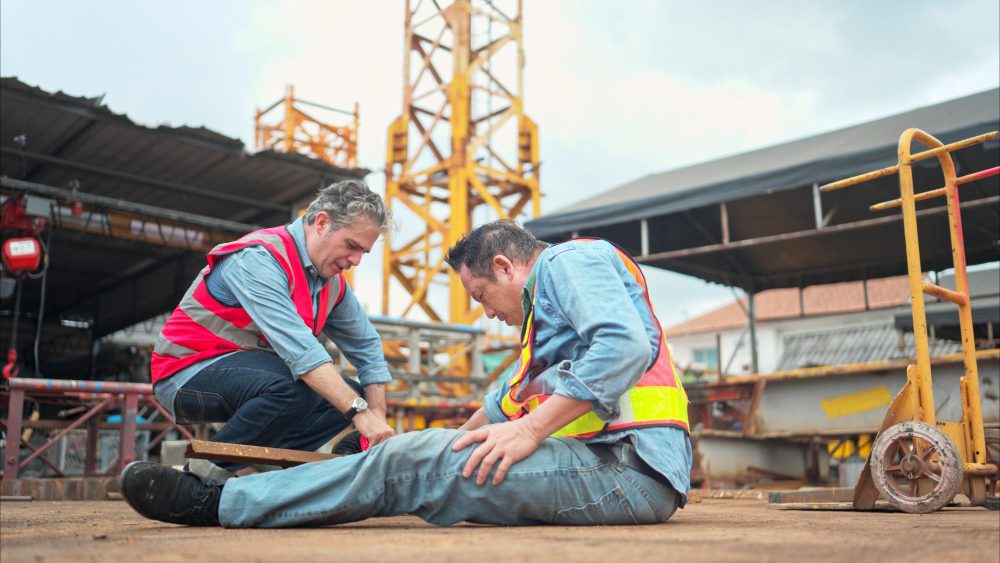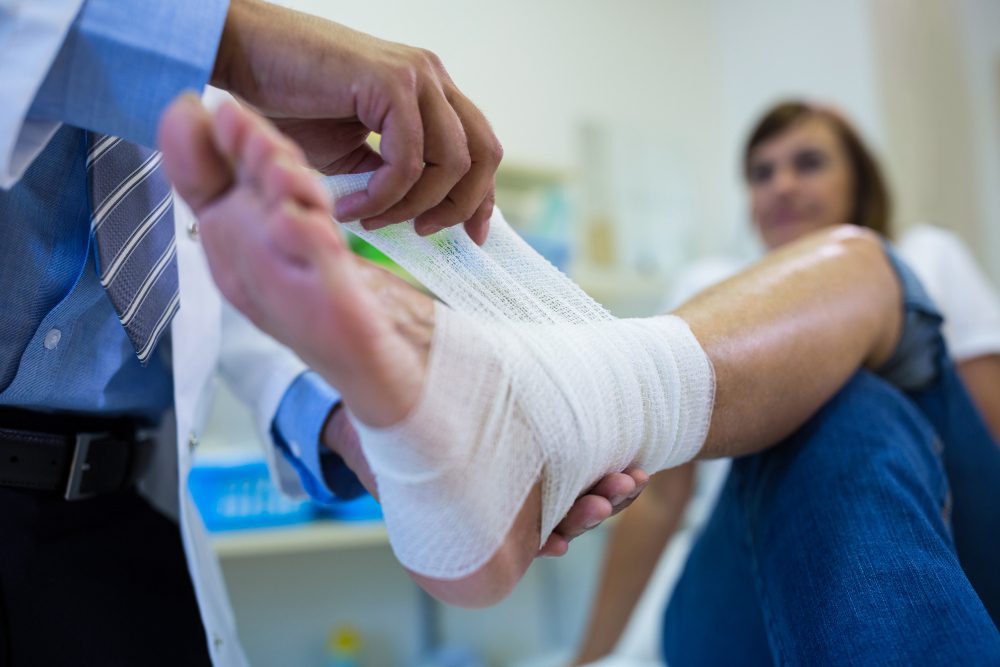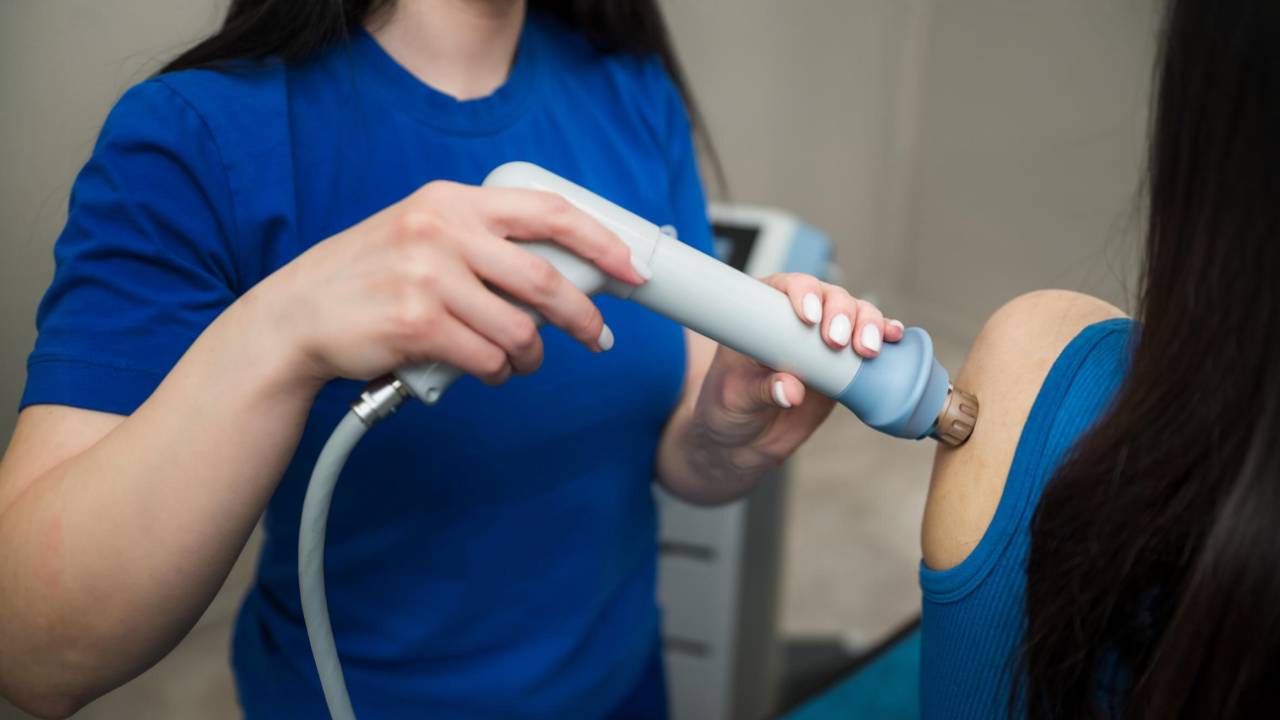Workplace Injury Rehabilitation in Woodbridge
Essentials of Workplace Injury Rehabilitation in Woodbridge
Workplace injuries are an unfortunate but common occurrence, and rehabilitation plays a crucial role in ensuring the recovery and return to work of affected employees. Whether you've suffered a minor or more serious injury, a proper rehabilitation plan can make all the difference in achieving a successful recovery. Suppose you're dealing with a workplace injury. In that case, understanding the process and the steps involved in workplace injury rehabilitation in Woodbridge is crucial to returning to your routine with confidence and ease.
Why Workplace Injury Rehabilitation in Woodbridge Matters in Occupational Health
When workers experience injury, timely and organized rehabilitation helps prevent long-term disability. Local healthcare resources and employment regulations in Woodbridge align this process accordingly. For instance, an injured warehouse worker may go through physiotherapy, modified duties, and reassessments before resuming full-time tasks.
Common Questions About Workplace Injury Rehabilitation in Woodbridge
What does workplace injury rehabilitation in Woodbridge involve?
- It includes treatment plans, physical therapy, follow-up appointments, and return-to-work assessments.
Is it suitable for all workplace injury rehabilitation in Woodbridge?
- Most physical injuries are covered. Some mental health-related cases may require additional support.
How long does it take to see results?
- Recovery time varies but generally ranges from a few weeks to several months.
This guide outlines the essential steps involved in workplace injury rehabilitation in Woodbridge, offering helpful insights into what to expect and how to maximize your recovery journey. Odbridge offers helpful insights into what to expect and how to optimize your recovery journey.

1. Understanding Your Injury and Seeking Medical Attention
The first step in any workplace injury rehabilitation process is understanding the nature of your injury. Whether you've suffered a sprain, strain, broken bone, or any other form of injury, it's essential to seek immediate medical attention. A doctor or healthcare provider will assess your condition, provide a diagnosis, and recommend an appropriate treatment plan.
In Woodbridge, workers' compensation may cover your injury, and your employer may provide you with a form for reporting the injury. It's essential to communicate clearly with your healthcare provider about your work environment, tasks, and the incident that led to your injury, as this information can help in developing a personalized rehabilitation plan. Early medical attention can help prevent further complications and reduce recovery time.
2. Report Your Injury to Your Employer
Once you've received initial medical attention, the next step is to notify your employer about the injury. It's necessary for workers' compensation claims and ensures that your employer is informed about the situation. In many cases, there are strict timelines for reporting an injury, so be sure to follow your company's reporting procedures promptly.
During this stage, you'll need to provide details about how the injury occurred, the severity of the injury, and any immediate medical treatment you've received. This step is crucial because it facilitates the processing of claims, organizes medical care, and determines the appropriate course of rehabilitation.
3. Workplace Injury Rehabilitation Plan
After you've sought medical help and reported the injury, the next step involves creating a workplace injury rehabilitation plan tailored to your needs. Workplace injury rehabilitation in Woodbridge typically involves a multi-disciplinary approach, with medical professionals, rehabilitation specialists, and therapists collaborating to design the right treatment strategy for your injury.
Depending on the injury, the rehabilitation plan may involve various treatments, such as physical therapy, occupational therapy, chiropractic care, or even psychological support to address any emotional or mental effects resulting from the injury. The goal of this plan is not just to address the immediate injury but also to ensure that you can safely return to work with the necessary strength, flexibility, and skills to prevent future injuries.
4. Physical Therapy and Exercise
A common component of workplace injury rehabilitation in Woodbridge is physical therapy. Physical therapists specialize in helping patients recover mobility, strength, and function after an injury. They will work with you to create a program of targeted exercises designed to restore your range of motion, reduce pain, and rebuild strength.
These exercises may start gently and progress as your injury heals. In most cases, physical therapy involves exercises that improve flexibility, coordination, balance, and posture. If your injury is work-related, the exercises may focus on improving specific movements or motions that you need to perform on the job.
As your rehabilitation progresses, your therapist will continuously monitor your recovery, adjusting the exercises to fit your current capabilities and progress. Regular therapy sessions are an essential part of the process, ensuring that your healing is on track and that you're moving closer to recovery with each session.
5. Occupational Therapy and Returning to Work
Once your physical therapy is underway, the next step in workplace injury rehabilitation in Woodbridge may involve occupational therapy. Occupational therapists train individuals to regain independence and perform everyday tasks, including job-specific ones.
In the case of a workplace injury, an occupational therapist will assess your work tasks and help you adapt to any changes in your abilities. They suggest ergonomic adjustments to your workspace, training in new techniques, or modifications to your job duties to facilitate a smooth transition back to work.
In some cases, an employer may provide modified work duties during your recovery process. These accommodations help you ease back into the workforce while still allowing you to focus on rehabilitation. The goal is to ensure you can work without re-injuring yourself and build confidence in your ability to perform tasks safely.
6. Pain Management and Psychological Support
Workplace injuries can cause both physical and emotional stress. Dealing with chronic pain or a prolonged recovery period can take a toll on mental health, and it's essential to address these aspects as part of your rehabilitation process. Pain management techniques, such as medication, heat and cold therapy, and massage therapy, may be incorporated into your plan to alleviate discomfort.
Workplace injuries affect psychological well-being as much as physical pain and deserve serious attention. Feelings of frustration, anxiety, and depression are common, primarily if the injury affects your ability to perform your job or your financial stability. Cognitive behavioural therapy (CBT) or counselling may be offered as part of your rehabilitation to help you cope with the emotional challenges associated with recovery.
7. Workplace Injury Assessment and Return-to-Work Plan
As your rehabilitation progresses, a comprehensive assessment will be conducted to determine if you are ready to return to work. During this assessment, clinicians may evaluate your physical abilities using a functional capacity evaluation (FCE) to ensure you can perform the essential functions of your job.
Your healthcare provider, rehabilitation specialists, and employer will collaborate to develop a return-to-work plan. This plan ensures that you can safely transition back to the workplace without risking further injury. Sometimes, you gradually return to work with modified duties or reduced hours, allowing you to recover fully.
During this phase, communication with your employer is critical. Keep them informed of your progress and work closely with them to ensure a smooth and safe return to work.
8. Ongoing Monitoring and Preventative Measures
Once you return to work, workplace injury rehabilitation doesn't end. Ongoing monitoring is essential to ensure that your injury doesn't resurface and that you're not placing undue strain on the affected area. Regular check-ins with your healthcare provider or rehabilitation specialist can help you maintain your progress in recovery.
Healthcare providers may introduce preventative measures to avoid future injuries. These could include ergonomic assessments of your workspace, education on proper lifting techniques, and advice on staying active and healthy to maintain strength and flexibility. Injury prevention should be a top priority, and developing a long-term approach to wellness is crucial for ensuring that you remain injury-free at work.

Tips to Get Started with Workplace Injury Rehabilitation in Woodbridge
- Contact your HR department or workplace safety officer immediately after an injury.
- Visit an approved healthcare provider in Woodbridge for an initial assessment.
- Keep records of all medical visits and documentation.
- Participate fully in your rehabilitation plan, including all recommended therapies and exercises.
- Utilize internal support services, such as mental health resources or job coaching, if available.
Moving Forward
Workplace injury rehabilitation in Woodbridge is a structured process that involves several critical steps, from initial medical care to return-to-work strategies and planning. By following the proper steps and collaborating with healthcare providers, therapists, and employers, workers can recover successfully and return to their regular duties without further complications. Whether you're recovering from a minor injury. Workplace injury rehabilitation in Woodbridge | Workplace injury rehabilitation in Woodbridge



